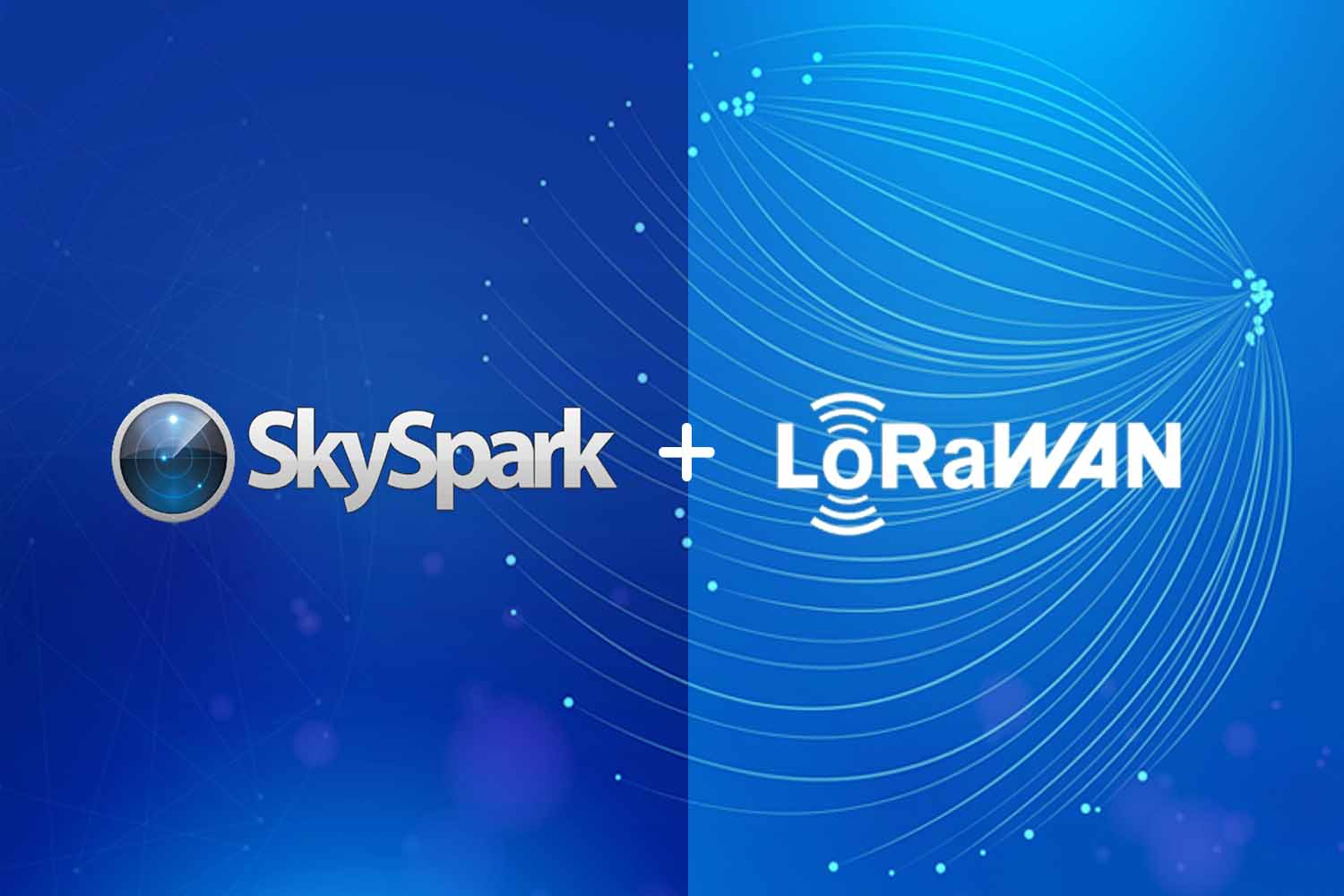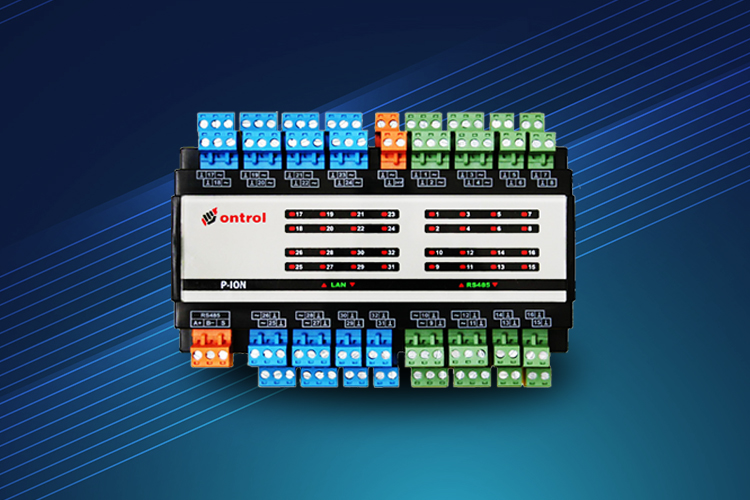Join BASSG at the Leading Edge
Alper Uzmezler is the CEO and creative mind of BAS Services and Graphics, LLC (BASSG). This year BASSG introduced the Edge Analytics Controller, a hybrid fog-computing device that can serve as gateway and field DDC. It is known for developing groundbreaking applications for managing building data and creating custom UIs. BASSG’s goal is to keep identifying gaps in modern BAS and attempting to bridge them.
Sinclair: BASSG gained the attention of the industry with useful applications for systems integrators. What’s new in the BASSG suite?
Üzmezler: Over the last years, the controls programming job has transitioned away from set-and-protect, black-box, hands-off, closed sequence of operations (SOC) coding. Controls contractors and MSIs have essentially become software developers charged to create easy-to-interpret logic in standard, open-source language and well-designed, attractive custom user interfaces. They need a development environment, and BASSG has provided visualization and data management tools that ease this work. The Visualytik visualization engine has just been improved with a plug-in that makes it easy to build custom UIs that incorporate feedback from occupants and other users. Also, we’ve just announced beta availability of a new Air Hippo pipeline that makes BACnet IP-to-SkySpark integrations much easier.

Sinclair: What are the use cases for Visualytik, and what makes this feedback app so handy?
The Visualytik visualization engine provides a drag-and-drop block programming environment that makes it easy to define the logic behind building components and to design custom user interfaces. Support for Project Haystack tagging is built-in, so all resulting models are self-describing. BASSG customers have been asking for a way to enter user feedback into a time series record of equipment or subsystem operations. So, we’re excited to be rolling out this Visualytik feature now. One of the many potential use cases for the Visualytik Feedback App is to customize a UI around occupant comfort readings. When people are too warm or too cool in a space, they can record the event via the app. And you can do something about it using Visualytik’s easy block programming to design the logic controlling the equipment involved. See a video of the feature here.
Sinclair: What is Air Hippo, and how will customers use this new BACnetIP-to-SkySpark data pump?
Üzmezler: Air Hippo grabs trend data from an internal building automation system archive and pushes it to a remote SkySpark server. Prior to the introduction of this new BACnetIP pipeline, Air Hippo sourced data from Alerton systems, static .csv files and from SaaS applications that have been specifically approved and setup for sending to Air Hippo. Air Hippo gets analytics projects up and running faster and can help to win IT approval faster because there is no open virtual private network (VPN) required.
Sinclair: How does this new device product, the Edge Analytic Controller, fit in?
Üzmezler: The BASSG Energy Analytics Controller combines the capabilities of a conventional central building management system—real-time control, data analytics, optimization engine and visualization engine—and packages them into an edge IoT device ready to work with cloud-hosted applications. The EAC software stack includes one of the most popular and fully-featured analytics engines in terms of rule libraries on the market today—SkySpark® from SkyFoundry. On top of this is BASSG’s own Visualytik visualization engine. And we’ve again built in Project-Haystack methodology for modeling and data transport. SkySpark and Haystack are already the analytics and tagging combination used by some of the most experienced and knowledgeable Continuous Commissioning teams such as at Caltech and at NREL Golden, Colorado.
The building management engine is Sedona® , an open-source framework by the same developer as the Tridium Niagara® framework. The underlying platform is state-of-the-art mobile technology. We’re working to make sure our devices are secured at all levels. The EAC is one affordable, flexible device that can serve as either a global controller or a field DDC. In all these respects, it will go a long way toward better HVAC system designs.
Sinclair: How would you describe this moment in the building automation industry?
Üzmezler: We are at a transition moment that is as revolutionary as the changeover from pneumatic controls to DDCs. This time the building controls industry is entering the era of Machine Learning and AI. EACs are an enabling technology to the autonomous building. Their robust versatile software stack, next-gen mobile hardware platform, and affordable price point will mean that they’ll be the platform of choice for building commissioning and optimization experts. Training data for AI starts with such experts. They will place EACs where ever they are needed to capture, analyze and move the ‘right’ data from the edge, to the enterprise, to a cloud server dedicated to Artificial Intelligence and Machine Learning algorithm development. Watch BASSG to see what’s coming next in this exciting next phase of BAS.



